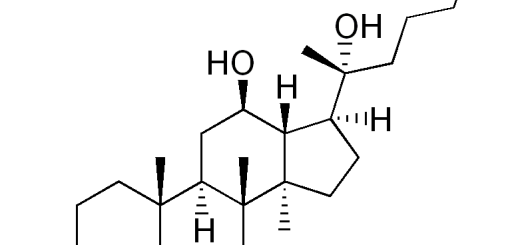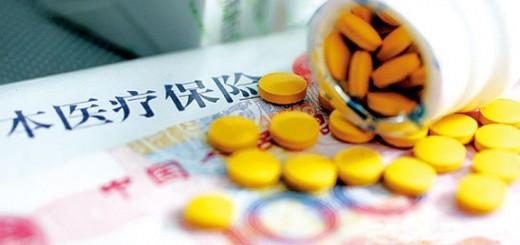| Share This Article
Research Frontiers of Medicinal Plants |
||
| DOWNLOAD |
|
Downloads Pharmacological Review of Ginsenoside Dammarane Saponin Rh2 Downloads Pharmacological Review of Ginsenoside Dammarane Saponin Rg1 Downloads Pharmacological Review of Ginsenoside Dammarane Saponin Rb1 Downloads Pharmacological Review of Aglycon Dammarane Sapogenin (AGS) – Protopanaxatriol (PPT) Downloads Pharmacological Review of Aglycon Dammarane Sapogenin (AGS) – Protopanaxadiol (PPD) |
The protective role of dammarane sapogenin protopanaxatriol on congestive heart failure
The heart is fundamentally a blood pump. It pumps blood from the right side of the heart to the lungs to pick up oxygen. The oxygenated blood returns to the left side of the heart. The left side of the heart then pumps blood into the circulatory system of blood vessels that carry blood throughout the body. Congestive heart failure occurs when the heart is unable to pump sufficiently to maintain blood flow to meet the needs of the body. Heart Failure in the United States
Medical care for heart failure includes a number of nonpharmacologic, pharmacologic, and invasive strategies to limit and reverse the manifestations of heart failure. Depending on the severity of illness, nonpharmacologic therapies include dietary sodium and fluid restriction; physical activity as appropriate; and attention to weight gain. Pharmacologic therapies include the use of diuretics, vasodilators, inotropic agents, anticoagulants, beta-blockers, and digoxin. Recently, the finding that dammarane sapogenin protopanaxatriol (PPT) can improve the function of failing heart suggests that PPT can be considered to be a complementary measure for heart failure treatment. That study was conducted on the rat model of chronic heart failure, and the chronic congestive heart failure was created due to the artifical increase in peripheral blood vessel resistance after abdominal aorta closure. Postive drug captopril (ACE inhibitor) and PPT at 12.5, 25 and 50mg/kg.d were injected intraperitoneally. Hemodynamic parameters, histological examination of the heart, and blood tests were employed to evaluate the PPT effect. Results showed that abdominal aorta closure caused left heart remodelling (left heart wall thickening), a typical compensatory response to heart failure; however, both captopril and PPT treatments reduced the left heart wall thickening as well as the left heart weight. Meanwhile, PPT treatment improved the systolic and diastolic function of the left heart. Also, the diastolic, systolic, and mean artery pressures increased with PPT treatments. Furthermore, blood tests disclosed that PPT treatment reduced inflammatory chemicals such as angiotensin and TXA2. The oxidative stress decreased with increased antioxidant SOD level and decreased lipid peroxidation (reduced MDA). In addition, the release of vasodilating susbtance PGI2 increased after PPT intervention. The study concluded that PPT alleviates the left heart remodeling and improve the both systolic and diastolic functions. PPT’s cardioprotective effects are also extended by the reduction of oxidative stress and the dilatation of blood vessels. The study results were published on Chinese Journal of Geriatrics 2011, 30(11). |








